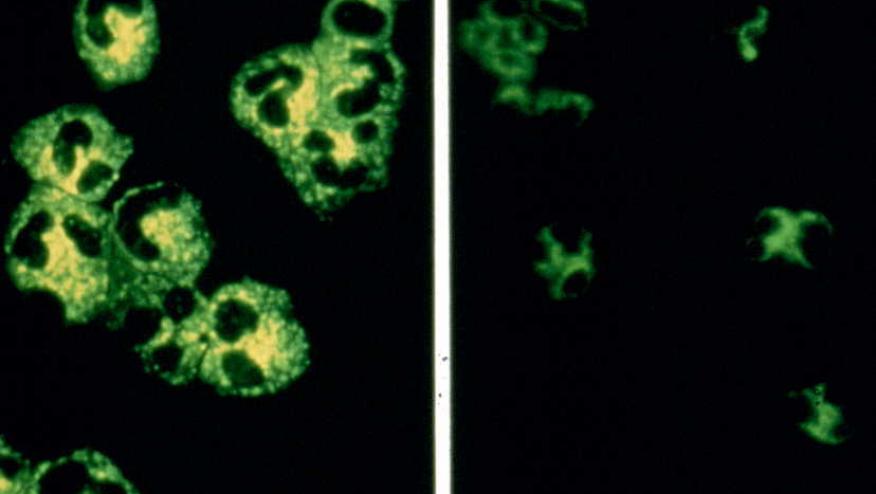ACR/EULAR 2022 Classification Criteria for Granulomatosis with Polyangiitis Save

The ACR/EULAR 2022 revised classification criteria for granulomatosis with polyangiitis (GPA) have been updated with performance characteristics and are validated for use in clinical research.
An international cohort of patients with vasculitis and acomparator diseases were recruited to develop criteria based on 91 candidate variables. Regression analysis narrowd this to 26 items for a GPA diagnosis; 10 of which were retained as final criteria. The diagnosis of GPA is based on achieving a score based on weighted variables (given points).
Initial cohorts of 578 GPA and 652 comparators cases were use as development set based on for GPA consisted of. The validation set consisted of an additional 146 cases of GPA and 161 comparators.
The final criteria (and their weights) included:
- Bloody nasal discharge, nasal crusting or sino-nasal congestion (+3)
- Cartilaginous involvement (+2)
- Conductive or sensorineural hearing loss (+1)
- Cytoplasmic antineutrophil cytoplasmic antibody (ANCA) or anti-proteinase 3 ANCA positivity (+5)
- Pulmonary nodules, mass or cavitation on chest imaging (+2)
- Granuloma or giant cells on biopsy (+2)
- Inflammation or consolidation of the nasal/paranasal sinuses on imaging (+1)
- Pauci-immune glomerulonephritis (+1)
- Perinuclear ANCA or antimyeloperoxidase ANCA positivity (−1)
- Eosinophil count ≥1×109 /L (−4)
A patient can be classified as having GPA if: a) vasculitis mimics have been excluded; with b) small- or medium-vessel vasculitis, and c) the cumulative score is ≥5.
These criteria have a sensitivity of 93% and specificity of 94%.
Notably you lose points for eosinophilia (-4) and pANCA or MPO antibody positivity (-1), as these are atypical features of GPA.










If you are a health practitioner, you may Login/Register to comment.
Due to the nature of these comment forums, only health practitioners are allowed to comment at this time.